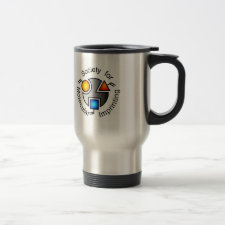
Authors: Horváth V, Lorántfy B, Tóth B, Bognár J, László K, Horvai G
Article Title: Preparation of terbutylazine imprinted polymer microspheres using viscous polymerization solvents.
Publication date: 2009
Journal: Journal of Separation Science
Volume: 32
Issue: (19)
Page numbers: 3347-3358.
DOI: 10.1002/jssc.200900230
Abstract: Spherical micron sized terbutylazine imprinted polymers have been obtained by copolymerization of acrylates in solvent mixtures containing a highly viscous ("oil") component. The new method requires much less organic solvent than precipitation polymerization to produce spherical MIP particles. Different proportions of oil have been used to clarify its role on the morphology. The particles obtained with the optimal composition could be easily packed into short HPLC columns. Chromatographic retention of the template and other compounds has been determined on the novel ("OMIP") columns and was compared to MIP prepared by bulk polymerization. In 70% aqueous acetonitrile eluent the OMIP shows a higher imprinting factor (i.e. less non-selective binding) and lower retention than the bulk MIP. The chromatographic selectivity against template analogs is similar on OMIP and bulk MIP, while the selectivity against non-related substances is better on the OMIP. The effect of oil on the polymer structure appears to be due to its high viscosity
Template and target information: terbutylazine
Author keywords: microsphere, molecular imprinting, precipitation polymerization, terbutylazine



Join the Society for Molecular Imprinting

New items RSS feed
Sign-up for e-mail updates:
Choose between receiving an occasional newsletter or more frequent e-mail alerts.
Click here to go to the sign-up page.
Is your name elemental or peptidic? Enter your name and find out by clicking either of the buttons below!
Other products you may like:
 MIPdatabase
MIPdatabase









